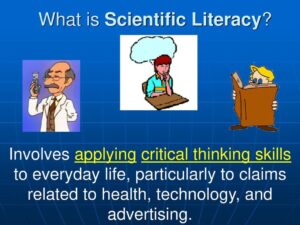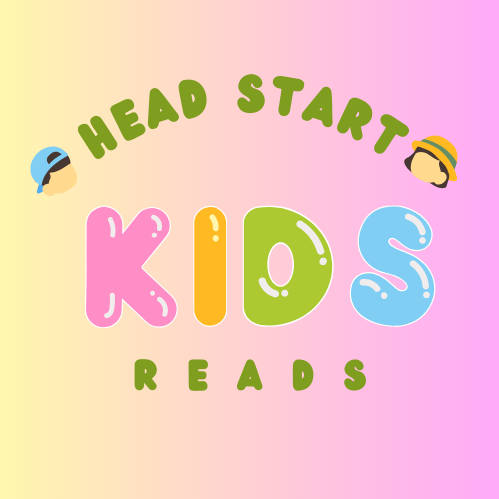Table of Contents
ToggleExploring Shared Reading Activities: Fostering Connection and Literacy Skills
Introduction:
Shared reading activities are more than just a way to enjoy a story together; they are powerful tools for building bonds and nurturing literacy skills in children. In shared reading, individuals come together to read and interact with a text collaboratively, creating a dynamic learning environment that fosters engagement and comprehension. In this guide, we delve into the world of shared reading activities, exploring a variety of interactive approaches that promote language development, critical thinking, and a love for literature. As we embark on this journey, we also recognize the innovative contributions of programs like Reading Head Start, led by the visionary Sarah Shepard, in championing shared reading as a cornerstone of early literacy education.
I. Understanding Shared Reading
- ollaborative Reading Experience:Shared reading involves a collaborative reading experience where one or more individuals read aloud to a group. It can occur in various settings, including classrooms, libraries, and homes, and often involves active participation from listeners.
- Interactive Dialogue and Discussion: Unlike solitary reading, shared reading encourages interactive dialogue and discussion. Listeners are encouraged to ask questions, make predictions, and share their thoughts and reactions to the text. This dynamic exchange fosters comprehension and critical thinking skills.
- Promotion of Literacy Skills: Shared reading activities are designed to promote literacy skills such as vocabulary development, comprehension, and fluency. By engaging with a text in a supportive and interactive environment, children build confidence and enthusiasm for reading.

Read Also
II. Popular Shared Reading Activities
- Read-Aloud Sessions: Read-aloud sessions are a classic shared reading activity where an adult or older child reads a book aloud to a group of listeners. During the reading, listeners are encouraged to follow along, ask questions, and discuss the story as it unfolds.
- Interactive Storytelling: Interactive storytelling involves bringing stories to life through creative activities such as role-playing, puppetry, or dramatic retellings. Children actively participate in the storytelling process, using their imaginations to explore characters and plotlines.
- Shared Writing Projects: Shared writing projects involve collaboratively creating stories, poems, or other written works as a group. Participants take turns contributing ideas, sentences, or illustrations, resulting in a collective creation that reflects the group’s creativity and collaboration.
- Literature Circles: Literature circles are small group discussions where participants read and discuss a common text together. Each member of the group takes on a specific role, such as discussion leader, summarizer, or connector, fostering active engagement and deepening comprehension.
- Book Clubs: Book clubs bring together individuals who share a common interest in reading specific books or genres. Participants read designated selections independently and then come together to discuss their thoughts, reactions, and insights.
III. Benefits of Shared Reading Activities
- Building Language Skills: Shared reading activities provide opportunities for children to hear and engage with rich language patterns, vocabulary, and sentence structures. By actively participating in discussions and storytelling, children expand their language skills and develop a deeper understanding of how language works.
- Fostering Comprehension: Through interactive dialogue and discussion, shared reading activities enhance comprehension skills by encouraging children to make connections, predictions, and interpretations of the text. By engaging with the material in a meaningful way, children develop critical thinking skills and a deeper understanding of the content.
- Promoting Social and Emotional Development: Shared reading activities promote social and emotional development by fostering communication, collaboration, and empathy. Children learn to listen attentively, take turns speaking, and respect others’ perspectives, contributing to positive social interactions and relationships.

Read Also
IV. Incorporating Shared Reading into Reading Head Start
- Interactive Learning Techniques: Reading Head Start, founded by Sarah Shepard, incorporates interactive learning techniques that align with the principles of shared reading. The program utilizes a variety of interactive activities, including read-aloud sessions, storytelling, and group discussions, to engage children in meaningful literacy experiences.
- Parental Involvement and Support: Reading Head Start recognizes the importance of parental involvement in a child’s literacy development. The program provides resources and guidance to parents, encouraging them to engage in shared reading activities with their children at home. By fostering a collaborative approach to learning, Reading Head Start strengthens the parent-child bond and promotes a love for reading.
- Building a Foundation for Lifelong Learning: Through shared reading activities, Reading Head Start lays the foundation for a lifelong love of reading and learning. By engaging children in interactive and enjoyable literacy experiences, the program instills a sense of curiosity, creativity, and confidence that carries them forward on their educational journey.
V. Conclusion: Embracing the Power of Shared Reading
Shared reading activities offer a wealth of benefits for children, from building literacy skills to fostering social and emotional development. By engaging in collaborative reading experiences, children develop a deeper appreciation for literature, expand their language skills, and cultivate a love for reading that lasts a lifetime. As we embrace the power of shared reading, let us also celebrate the innovative efforts of programs like Reading Head Start, spearheaded by Sarah Shepard, in championing shared reading as a cornerstone of early literacy education. Through their dedication and vision, they inspire children to embark on a journey of exploration, discovery, and imagination through the pages of a book.

